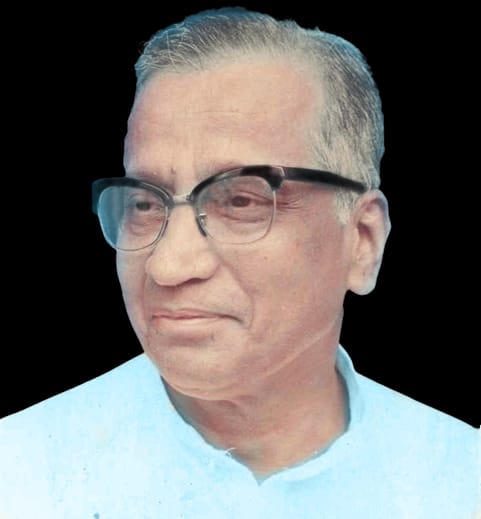Abstract
The focus of the study is to examine what is happening on the ground in terms of practices and processes, and the role of principal actors in such processes striving to implement such as the Hariyali Guidelines for the effective management of watershed development. More specifically, the study aims at assessing the extent of autonomy that the institutions like grama panchayats have in the implementation of watershed development activities. An important aspect of the study has been assessing the governance issues such as transparency in identifying priorities and spending, and more importantly, the issue of accountability, as per the design and set guidelines. An important lesson that emanated from the analysis is that no institution or organisation — be it a panchayat, an NGO, a government department, or a CBO — can work in isolation or independent of others. Hence, it is necessary to create complementarities among these formal and semi-formal governing institutions for addressing different natural resource management needs.

